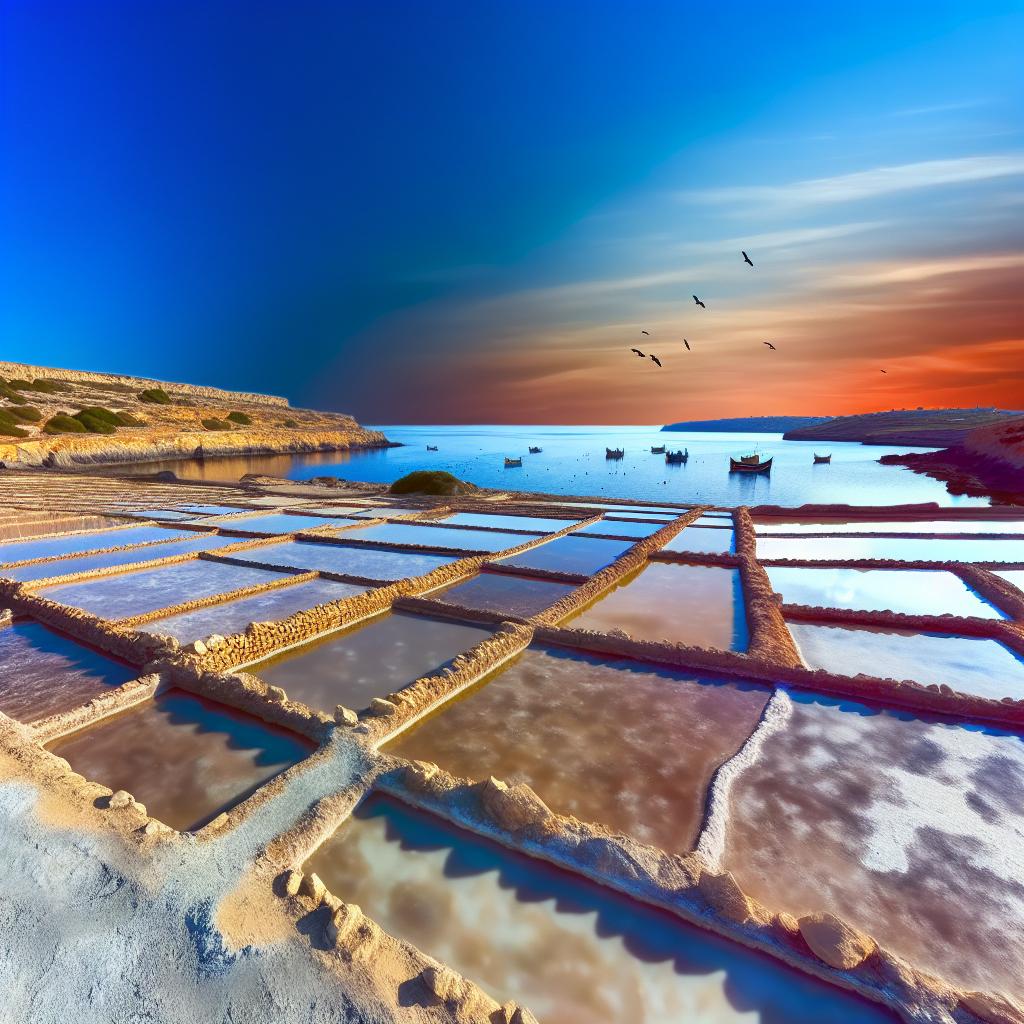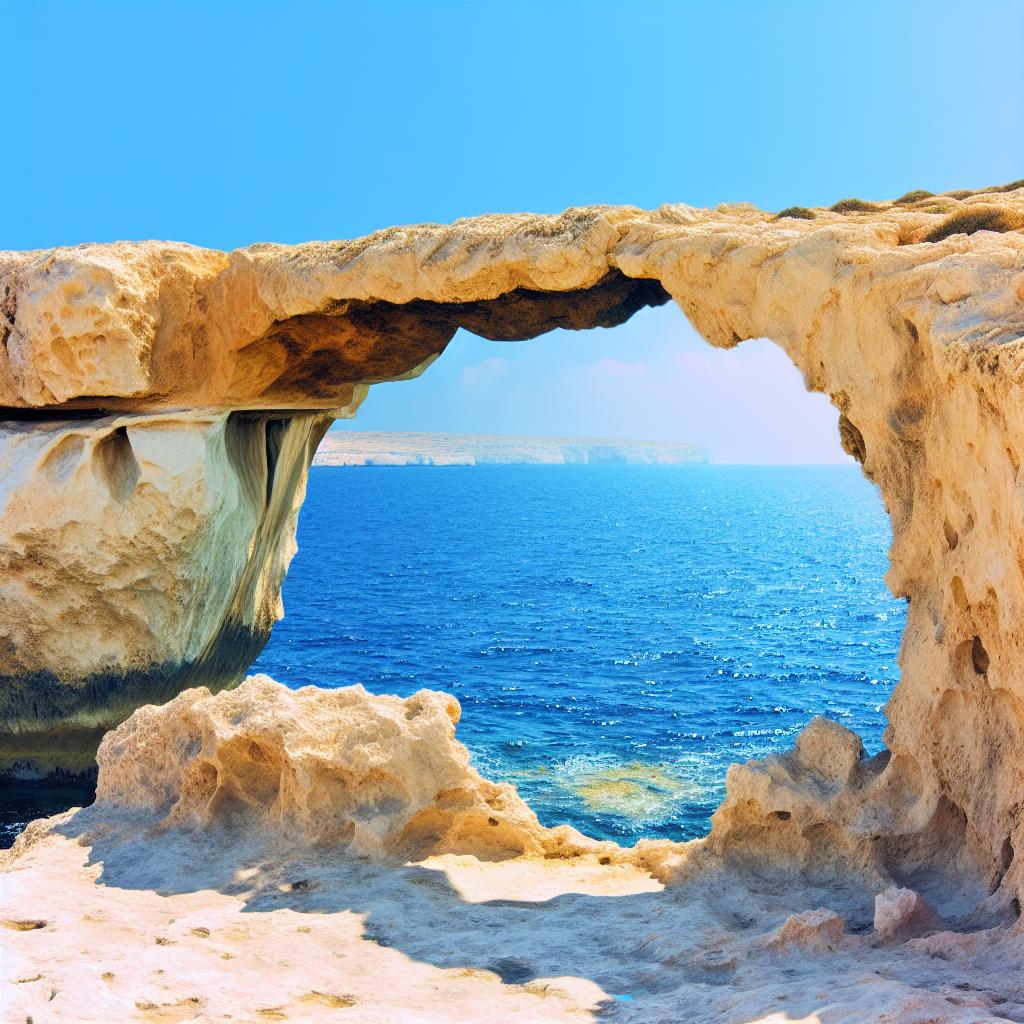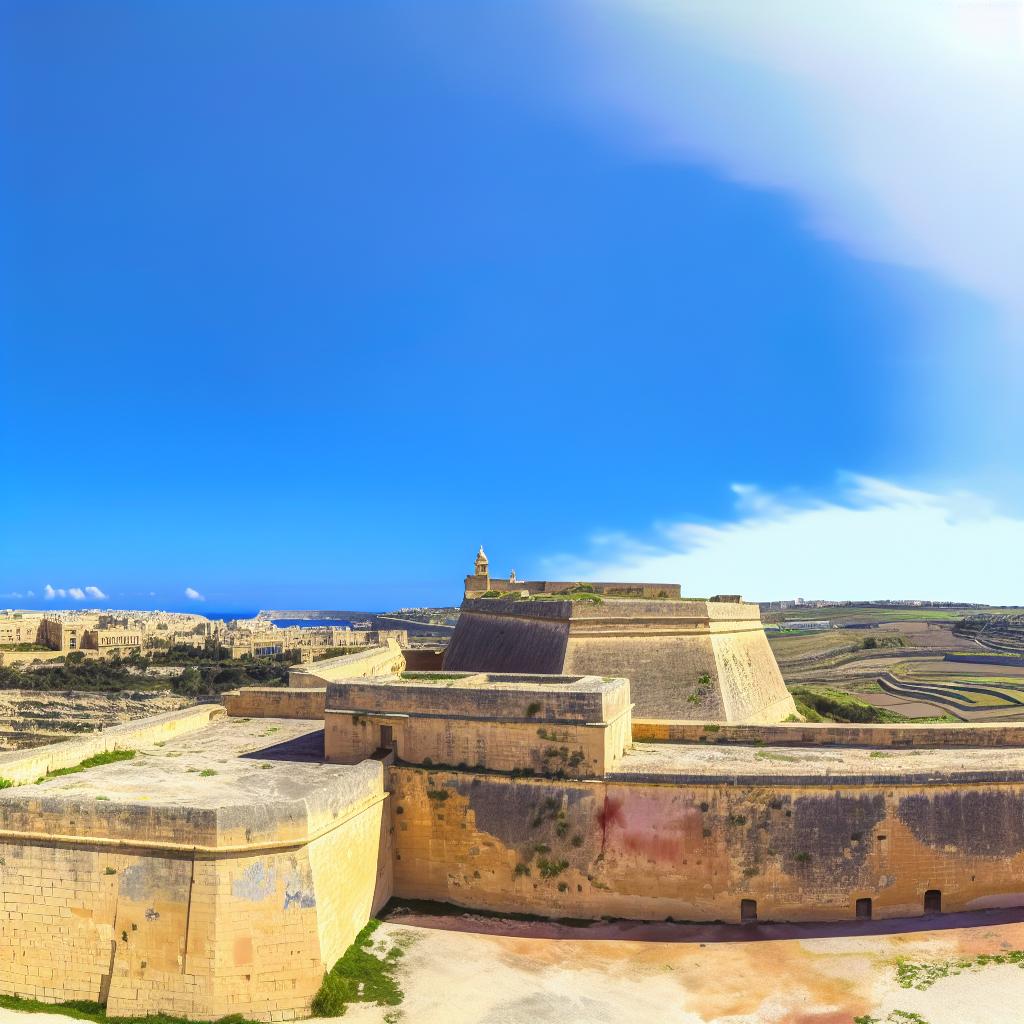Introduction to Santa Marija Bay
Santa Marija Bay, also affectionately called Santa Maria Bay, is an idyllic bay situated on the small yet enchanting island of Comino. This island is a pivotal part of the Maltese archipelago nestled within the Mediterranean Sea, known for its rich cultural history and natural charm. Positioned between its larger, more bustling counterparts, Malta and Gozo, Comino serves as an oasis of tranquility and natural splendor. Santa Marija Bay is emblematic of this serene environment, attracting visitors yearning for a peaceful retreat amidst nature’s grandeur.
Geographical Features
The geographical makeup of Santa Marija Bay is truly captivating, boasting rugged cliffs that majestically frame the scene, alongside waters that shimmer in clear, turquoise hues. The bay features a quaint sandy beach, relatively small in size, yet offering a more personal and intimate beach experience compared to larger, often crowded beaches. As a part of Comino’s protected nature reserve, Santa Marija Bay remains a sanctuary for clean waters and a plethora of marine life forms. This environment makes it an especially popular spot for those interested in snorkeling, owing to its remarkable underwater visibility and the thriving ecosystems beneath the waves.
Activities and Attractions
Santa Marija Bay provides a multitude of activities for explorers and nature lovers alike, ensuring that even the most diverse of preferences are met.
Swimming: The bay’s calm and crystal-clear waters provide an ideal setting for swimming. Whether you are a skilled swimmer or simply enjoy a gentle float, the waters here offer both relaxation and invigoration.
Snorkeling: For those eager to explore beneath the water’s surface, the bay presents a snorkeling haven. The vibrant marine life and the remarkable visibility ensure an unforgettable experience for seasoned snorkelers and novices alike.
Hiking: The island of Comino is crisscrossed with numerous trails that beckon travelers to explore its untouched natural beauty. These paths are not just means to navigate the island but are gateways to adventure, offering views and connections to other notable sites such as the renowned Blue Lagoon and the historic Comino Tower.
Conservation Efforts
Preservation of the natural integrity of Santa Marija Bay and its surrounding environment is of paramount importance. Recognizing its ecological and touristic value, the Maltese government has instituted a series of conservation measures. These efforts are designed to protect both the vibrant fauna and flora that are native to this special area and to promote sustainable tourism practices which ensure the bay remains pristine for generations to come. Visitors are encouraged to engage with this ethos of conservation by following guidelines that reinforce responsible travel and respect for the natural habitat.
Access and Transportation
Santa Marija Bay is primarily accessible by boat, a practical approach given the island’s location. Frequent trips are made from both Malta and Gozo, with several ferry companies and tour operators offering transport services. Some of these services are packaged into tours that may include guided snorkeling excursions and hikes, offering comprehensive ways to enjoy and appreciate the natural beauty of Comino. It is highly recommended to plan your journey in advance by checking boat schedules, which can vary, especially during the peak tourist season. More detailed transportation information can be accessed by visiting Visit Malta.
Conclusion
Santa Marija Bay undeniably stands out within the Maltese archipelago as a beacon of calm and natural beauty. It caters to a variety of interests, from those seeking adventure through immersive activities like snorkeling and hiking to individuals desiring a tranquil day by the gentle lapping waves of the sea. The bay offers a rare window into the serene landscapes and biodiversity of Comino, making it not just a destination but a memorable experience that captures the awe-inspiring essence of the Mediterranean.










